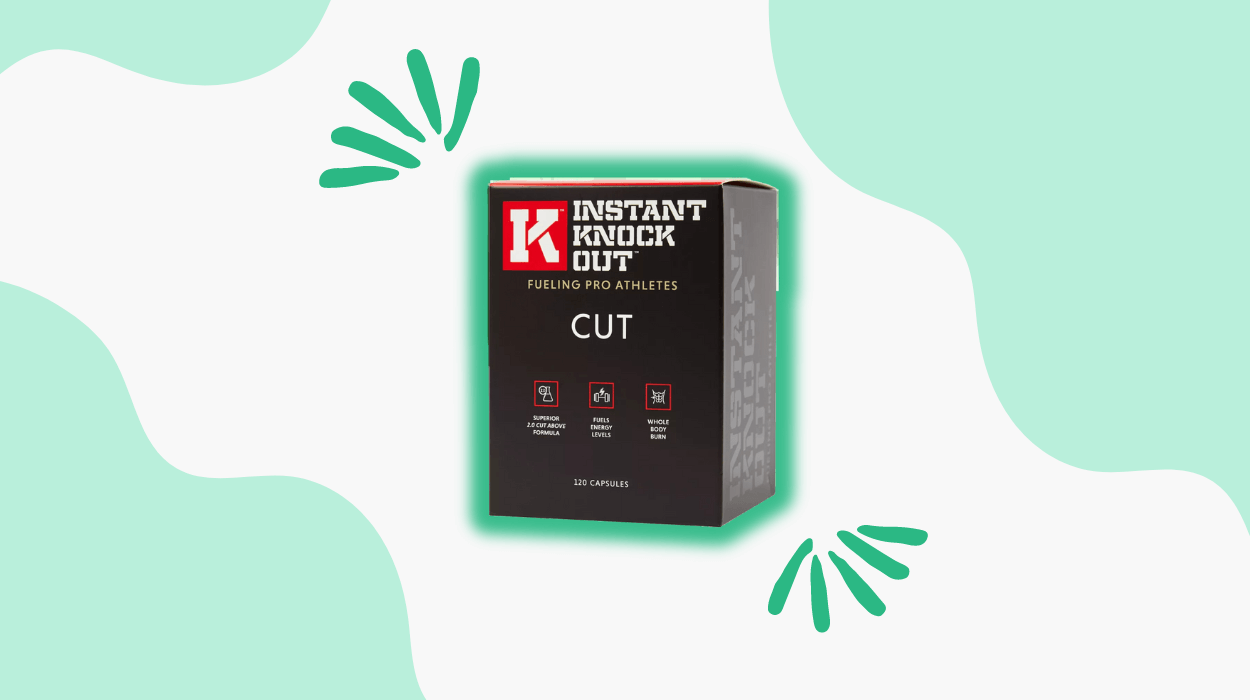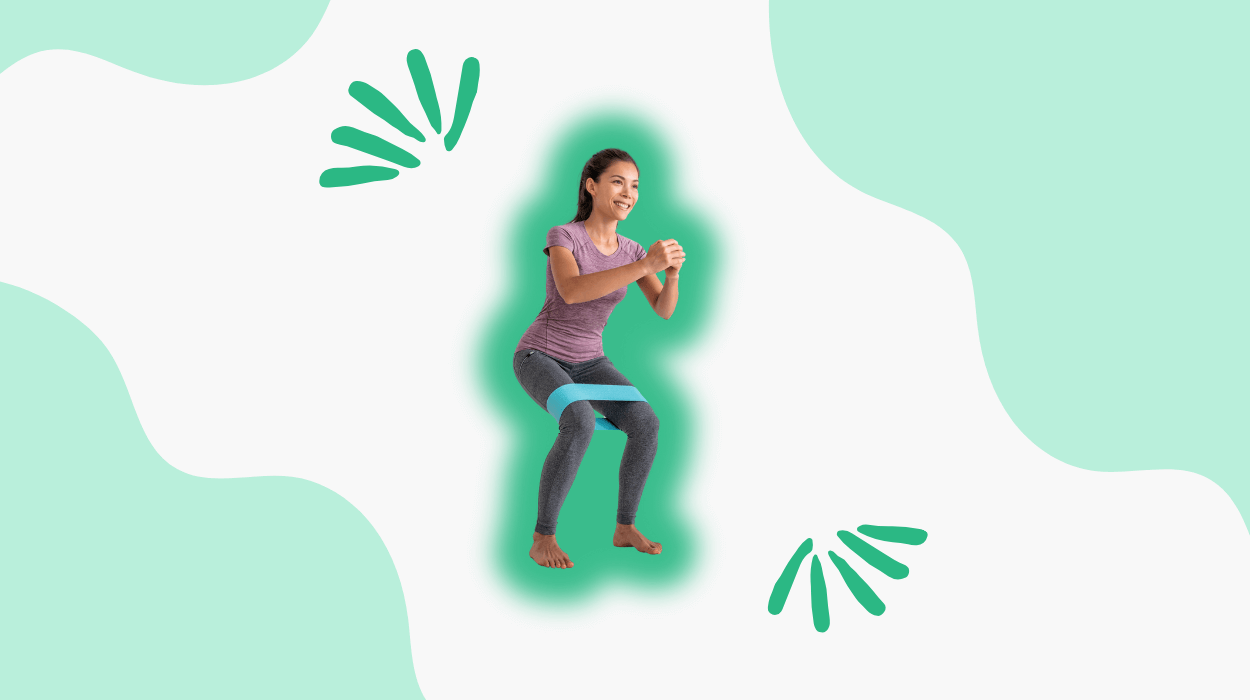

Having flabby hips or thighs could be a source of insecurity for many. You may wish to target your hip area to make it appear more toned and slimmer.
When seeking to tone your hips, it’s crucial to prioritize building lean muscle mass and reducing overall body fat. Strengthening the lower body muscles, including the hips and core, may contribute to a more sculpted hip appearance.
Some evidence-based strategies could help you lose overall body fat, including in the hips. These simple core and hip-strengthening Workouts could tone and strengthen your hip area.

Implementing a caloric deficit by consuming fewer calories than burnt could help reduce food intake and trigger fat loss. The quality of foods you consume also affects your body’s fat-burning potential.
You should prioritize whole foods like fresh fruits, whole grains, vegetables, and lean proteins. These foods contain fewer calories than processed options and may improve satiety and support weight loss.
Limiting processed foods, sugary snacks, and sugar-laden beverages may help limit your empty calorie intake. Eliminating these food groups may positively impact fat metabolism, as refined carbs or sugary foods may induce weight gain and hip fat deposition.
Healthy fats like nuts, avocados, seeds, and fatty fish may support essential body functions and fat loss. Drinking sufficient water throughout the day could boost metabolism, promoting overall calorie and fat burning.
Burning subcutaneous fat, such as in the hips, requires energy in the form of calories. Pairing regular Workout with a calorie-controlled diet could aid in burning calories, improving cardiovascular endurance, and reducing fat composition.
You could also combine aerobic Workouts, strength training, and high-intensity interval training (HIIT) to burn calories and target fat in the hip area.
Excessive stress can negatively impact weight management and fat loss. Prolonged stress elevates cortisol (stress hormone) levels, which might encourage visceral fat accumulation in the body, including in the hip area.
Too much stress could make you indulge in unhealthy behaviors, such as impaired sleeping patterns, emotional eating, or eating junk food. Such effects may induce weight gain and fat deposition near the hip areas.
Regular Workout may help reduce stress and maintain healthy blood sugar levels. Activities like yoga might lower cortisol levels effectively. Walking, jogging, sprinting, cycling, and swimming might also help reduce cortisol levels.
Restorative sleep is vital in weight management and overall health. An inadequate sleep duration is associated with increased visceral fat accumulation, particularly around the abdomen.
Improper sleep patterns may elevate ghrelin levels, a hormone that stimulates appetite. It might lead to increased hunger, calorie consumption, and weight gain, especially around the hips.
Studies have shown that not getting sleep (less than eight hours) could result in increased overall body fat. However, exceeding eight hours of rest does not provide any weight-related advantages.
Consistency in sleep patterns, a conducive sleep environment, and refraining from consuming caffeine or other stimulants before bedtime may help improve sleep quality.
Lunges, also known as lateral lunges, are a beneficial lower body Workout targeting the outer thigh and hip areas. The Workout could improve hip flexibility and range of motion, enhance overall balance/stability, and help tone and sculpt the lower body.
To perform a lunge correctly:
Squats could target multiple muscles in the lower body, aiding in reducing hip fat and enhancing overall muscle strength. They can engage various leg muscles, including hip flexors, quads, hamstrings, and calves.
Squats could be performed with just your body weight or by adding resistance like dumbbells or kettlebells to increase the challenge. These Workouts may help you develop flexibility in your feet, hips, knees, and ankles.
To ensure proper form while doing squats:
Jump squat, an advanced plyometric Workout is a dynamic variant of the traditional squat. Jump squats may improve explosive strength and power in the lower body. They could engage multiple muscle groups, including quadriceps, glutes, and hamstrings.
To execute a jump squat correctly:
Wall sits may engage and tone your thigh, hip, and lower abdominal muscles, helping develop core strength and muscle endurance. Also known as wall squats, they are a simple yet effective way that could simultaneously target major muscle groups in the legs.
To perform a wall sit correctly:
Stair climbing may target and tone the glutes and hips, helping condition them. Running or jogging up and down stairs, even for five minutes, can help tighten and tone your lower body while improving your endurance and stamina. You could use machines at the gym, like a stepmill or Stairmaster, to get a glute workout. The following table showcases different aspects of stair climbing:
| Aspects of Stair Climbing | Benefits |
|---|---|
| Targets glutes and hips | Tones and strengthens these areas |
| Cardiovascular workout | Improves heart health and overall endurance |
| Versatile Workout option | Can be done indoors or outdoors for convenience |
The banded walk focuses explicitly on the hips and glutes, helping tone and strengthen these areas effectively. It requires a resistance band to generate adequate tension for engaging your hips while moving laterally for specific paces.
Here’s how to do a banded walk:
Step-ups primarily target your glutes, hips, and thighs, helping to strengthen and tone these areas. Adding weight to step-ups could improve your balance, stability, and lower body strength. It may increase the intensity to challenge your hip muscles even further.
To perform step-ups with weights:
The side-lying leg raise is a targeted Workout that could strengthen and tone the hip muscles. This isolation Workout focuses on the hips and requires correct form to maximize its benefits.
To perform a side-lying leg raise correctly:
Maintaining a steady pelvis and engaging the core throughout the Workout could ensure proper muscle activation.
Fire hydrants may primarily target your hip and gluteal muscles, also employing core muscles for stability. If facing issues or discomfort on your knees, you may use an Workout mat for the Workout.
To perform fire hydrants:
Also Check: 7 Best Ways To Lose Breast Fat
| Workout Type | Benefits | Recommendation |
|---|---|---|
| Aerobic Workout | Burns calories and improves cardiovascular health | 150–300 minutes per week |
| Strength Training | Builds muscle, boosts metabolism | 2 or more days per week |
| HIIT | Effective for fat loss and body shaping | At least 2 sessions per week |
Strength training (resistance training) may help enhance muscle mass and metabolism. It may not directly burn fat but may contribute to building muscle.
Engaging in strength training sessions may elevate your resting metabolic rate or the calories burned when sedentary. It could enhance lean muscle mass, which may result in significant calorie burn (as muscle burns more calories than fat).
Ninety minutes of weekly resistance training might prevent weight regain, particularly concerning visceral or belly fat.
Aerobic and cardio Workouts might be effective strategies for weight loss and improving metabolic health. Regular cardio sessions may burn substantial calories and help reduce stored fat, including in the hip area.
Cardio/aerobic Workouts include walking, running, swimming, jumping rope, and cycling. The intensity and duration of the workout may influence the number of calories burned during these activities.
| Aerobic Workout | Benefits |
|---|---|
| Walking | Improves cardiovascular health |
| Running | Burns calories effectively |
| Swimming | Engages multiple muscle groups |
| Cycling | Builds lower body strength |
HIIT involves short, intensive bursts of activity followed by brief rest periods, aiming to elevate heart rate and burn calories effectively. It could burn more calories than cardio sessions in 40% less time.
It may aid in reducing body fat and waist circumference, enhance cardiovascular endurance, and improve overall fitness levels.
You may pair burpees or jump squats for 45 seconds and follow it with a brief 15-second rest window. Sprinting for 30 seconds on a treadmill, followed by a 15-second moderate-pace walk, may also constitute an HIIT workout.
Focusing on spot-reducing hip fat may not be a wise strategy. However, you may develop and implement a fat loss program emphasizing lower-body strengthening Workouts, like wall-sits, banded walks, lunges, or fire hydrants.
Losing overall body fat through healthy eating habits, regular Workout, and mindful lifestyle practices may help you achieve sustainable hip fat reduction.
Maintaining a moderate weight, developing lower body strength, creating a calorie deficit, and getting adequate sleep are natural ways to build a toner, stronger, and more defined appearance of hips.
Tyler Read earned an undergraduate academic degree from Sonoma State University, California and is a certified personal trainer (CPT) with NASM (National Academy of Sports Medicine). With over 16 years of experience, Tyler has trained clients both online and in-person.
He is passionate about helping others turn their love for fitness into a career. Tyler has worked with many local and commercial gyms before establishing his successful private personal training business, which he continues to operate.
